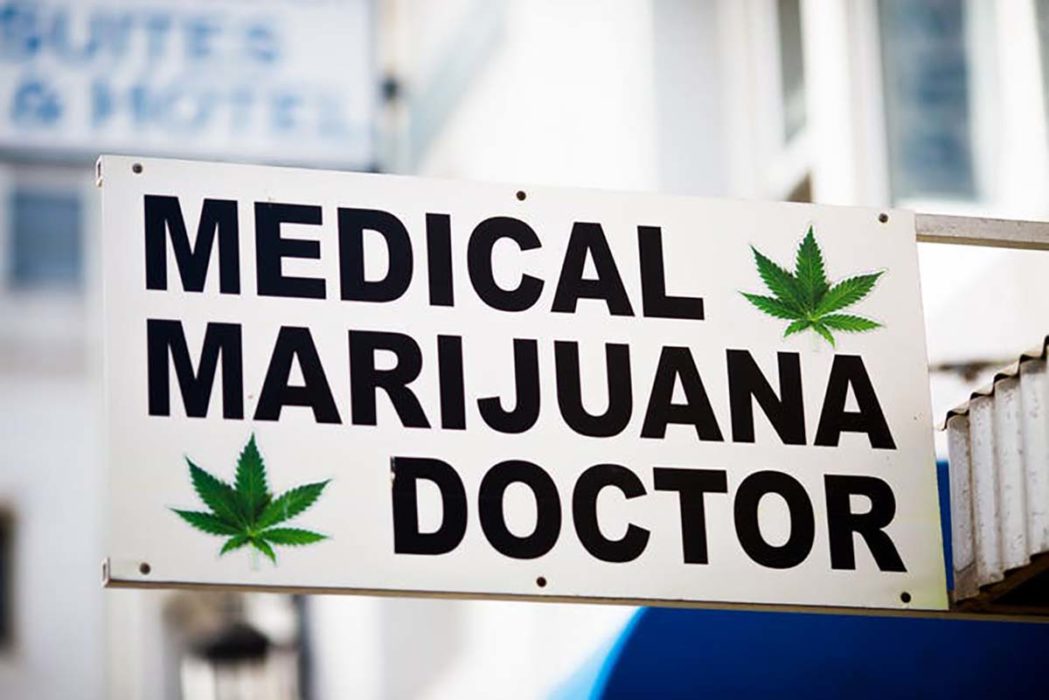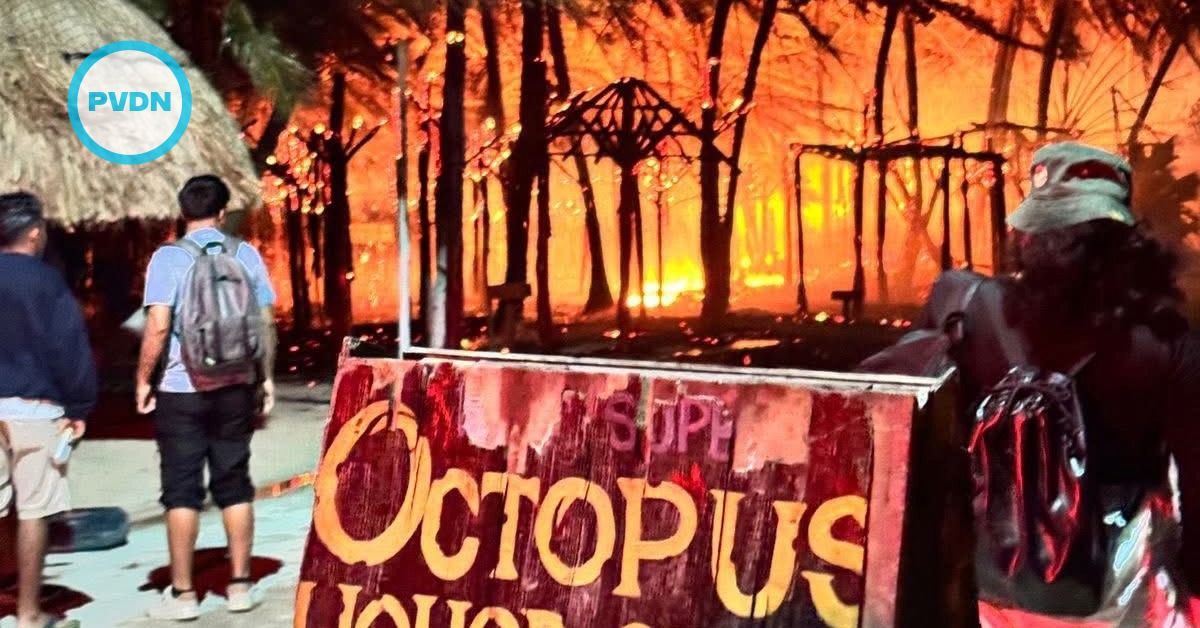While some researchers are investigating the benefits of medical marijuana, smoked or vaporized cannabis, most are looking at specific cannabis compounds, called cannabinoids.
From a research standpoint, cannabis is considered a “dirty” drug because it contains hundreds of compounds with poorly understood effects. That’s why researchers tend to focus on just one cannabinoid at a time. Only two plant-based cannabinoids, THC and cannabidiol, have been studied extensively, but there could be others with medical benefits that we don’t know about yet.
THC is the main active component of cannabis. It activates Read Full Story






